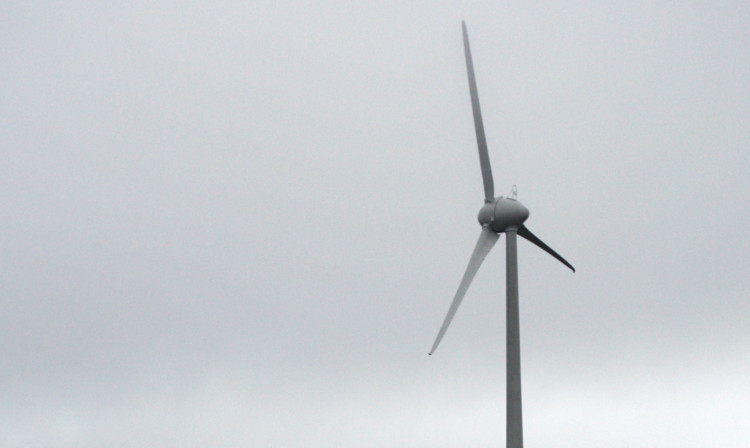A windfarm developer has appealed a decision by Perth and Kinross Council to refuse its application for a nine-wind turbine development it claims will bring £22.5 million of investment into Strathearn.
The controversial proposal submitted by Force 9 Energy for the site at Mull Hill, Abercairney Estate, Crieff, would have been visible from Kinnoull Hill in Perth, with the overall tip height being 104 metres.
The plan would have seen the windfarm built off the A822, north of Crieff, at the gateway to the Sma’ Glen. It comprised part of the previous Abercairney windfarm plan, which consisted of three clusters and a total of 24 wind turbines, that was refused by Scottish ministers after a public inquiry.
Force 9 Energy had claimed each wind turbine would have a generating capacity of around 2.5 megawatts per year but its last proposal was rejected by Perth and Kinross Council’s development management committee in May.
Councillor Tom Gray, convener of the committee, claimed the sight of nine turbines near to Gilmerton would “damage” the vision of the area.
As a result, the company has submitted an appeal to the Scottish Government for the proposed Mull Hill windfarm, claiming that it would bring around £22.5 million of investment in the region and also provide a Community Benefit Fund of up to £78,750 per year or in excess of £1.9 million over the lifetime of the project.
Andrew Smith, development manager at Force 9 Energy, said: “We have carefully considered the reasons why the application was refused by Perth and Kinross Council earlier this year. We believe that, in reaching its decision, the council did not give enough weight to the significant benefits that the proposal would bring, nor the Reporter’s recommendation on the previous Abercairney wind farm.”
He continued: “A planning appeal is the best forum to examine these issues in an impartial and objective manner. The Mull Hill Wind Farm proposal complies with both existing local and national policy and with the Scottish Government’s proposed new planning guidelines for windfarms because it does not affect core areas of wild land and is more than 2.5km from towns and villages.
“It will also bring a welcome economic boost and other benefits to the local area.”
Mr Smith claimed that the Mull Hill windfarm proposal would bring “long-lasting” socio-economic benefits to the local community of up to £3.6 million per annum, through reinvestment into the estate.
“It would assist in creating up to 15 new full-time jobs by the estate,” he added.
“These benefits are in addition to the substantial contribution that the windfarm would make to the Scottish Government’s renewable energy targets and the saving of approximately 25,425 tonnes of carbon dioxide each year (compared to conventional fuel sources).”
